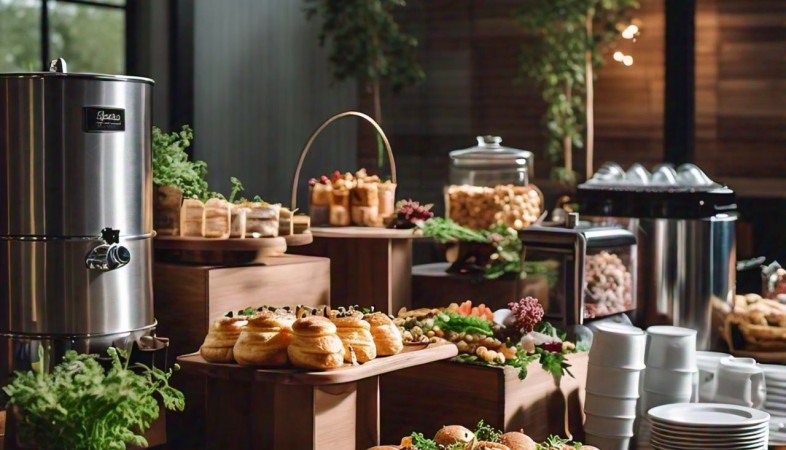From Cake Pops to Tiered Cakes: Exploring the Versatility of Fondant
As cake artistry continues to flourish, fondant remains at the heart of many decorators' toolkits, offering endless possibilities for both aesthetic and structural cake designs.
Fondant has long been a staple in the world of cake
decorating, revered for its smooth texture and ability to create stunningly
detailed designs. Over the years, it has evolved from a simple covering for
cakes to a versatile medium used in a wide array of cake styles, from the
tiniest cake pops to towering tiered creations. As cake artistry continues to
flourish, fondant remains at the heart of many decorators' toolkits, offering
endless possibilities for both aesthetic and structural cake designs.
One of the reasons fondant has become such a popular choice for cake decorators is its adaptability. Unlike buttercream or whipped cream, fondant can be rolled out into thin sheets that cover cakes perfectly, creating a flawless, polished finish. Its pliability also allows for intricate details that are hard to achieve with other mediums. Whether it’s creating smooth, clean edges or crafting intricate flowers, ribbons, or even sculpted figures, fondant can be molded into almost any shape or design, making it a favorite for themed cakes or celebratory occasions. In the world of wedding cakes, for example, fondant’s ability to hold its shape for extended periods has made it the go-to material for those looking for a sophisticated, elegant finish.
While fondant is commonly associated with large, elegant cakes, its versatility extends far beyond tiered cakes and grand wedding confections. Cake pops, for instance, have risen in popularity in recent years as bite-sized treats that can be decorated in a multitude of ways. Fondant plays a crucial role in decorating these tiny, spherical cakes. Its flexibility allows decorators to cover cake pops seamlessly, and its smooth texture makes it an ideal medium for creating personalized designs, such as miniature flowers, faces, or even holiday-themed decorations. The use of fondant in cake pops has allowed for more creative freedom and variety in cake pop presentations, from classic glossy finishes to vibrant, intricate patterns. This trend has enabled bakers to take an old favorite and elevate it with a touch of artistry.
In addition to its role in cake pops and wedding cakes, fondant is also widely used in custom-designed birthday cakes and event cakes. For these occasions, fondant’s ability to be colored and flavored has made it a go-to choice for cake decorators seeking to match themes, branding, or personal preferences. From bright, bold birthday cakes for children to more refined, adult-themed cakes for corporate events, fondant allows for flexibility in both color and texture. The ability to dye fondant into any shade, from pastel hues to deep jewel tones, means decorators can perfectly match a cake to a specific color palette. Moreover, fondant can be infused with a variety of flavors, offering options beyond the typical vanilla or chocolate options that most cakes provide. Whether it's a fruity flavor, a rich chocolate, or something more exotic, fondant can be made to complement any cake base.
The versatility of fondant allows it to adapt to a wide variety of cake styles and occasions. From its role in creating delicate cake pops to its use in towering tiered wedding cakes, fondant offers cake decorators endless possibilities for creativity and innovation. Whether it’s for a birthday, a corporate event, or a wedding, fondant's smooth texture, wide array of colors and flavors, and adaptability make it a go-to option for creating not only beautiful cakes but memorable ones. With its enduring appeal and continued evolution, fondant remains one of the most powerful tools in the modern cake decorator’s arsenal. As cake trends evolve, fondant will undoubtedly continue to be at the forefront of cake artistry, offering limitless potential for both bakers and cake enthusiasts alike.
.png)





























